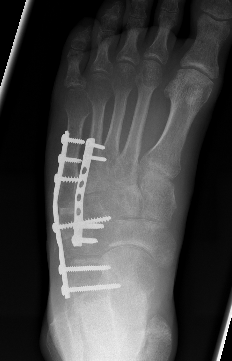Types
1. Capsular avulsions
2. Body / Nutcracker fracture
3. Cuboid stress fractures - rare
4. Cuboid syndrome - subluxation of the cuboid, seen in dancers
Body / Nutcracker fracture
Anatomy
Joints
- tarso-metatarsal joint - with 4th and 4th MT, 3 x movement of other TMT joints
- midtarsal joint - calcaneocuboid joint, limited movement
- laterally with lateral cuneiform
Surfaces
- dorsal surface bare
- plantar surface - groove for peroneus longus
Biomechanics
- does not directly bear weight
- supports lateral column of foot
Blood supply
- excellent blood supply
- nonunion rare
Mechanism
High energy injuries
- forced eversion / abduction of forefoot
- cuboid crushed between 4th and 5th MT and calaneum
See in association with Lisfranc injuries
Classification
Fenton et al Bone Joint J 2016
Case series of 192 cuboid fractures
Type 1: Avulsions 48%
Type 2: Extra-articular body fractures 13%
Type 3: Intra-articular fractures 7%
Type 4: Disrupt TMT / calcaneocuboid joint 18%
Type 5: Crushing of the lateral column 14%
Xray
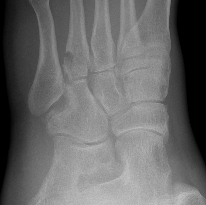

CT
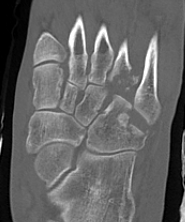

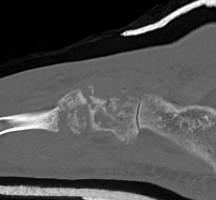
Operative Management
Indications
Articular step
Lateral column shortening
Joint displacement
Goal
Restore lateral column length
Restore articular surface
Approach
Dorsolateral approach
- tip of fibular to base 4th metatarsal
- elevate extensor digitorum brevis
AO foundation dorsolateral approach
Options
ORIF
Bridge plating
External fixation
ORIF +/- bone grafting
Screw fixation if simple fracture
Cuboid plates
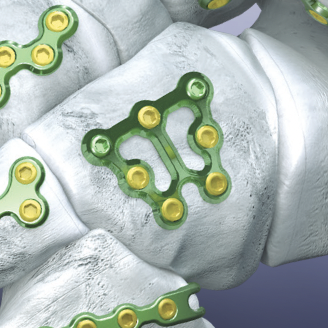
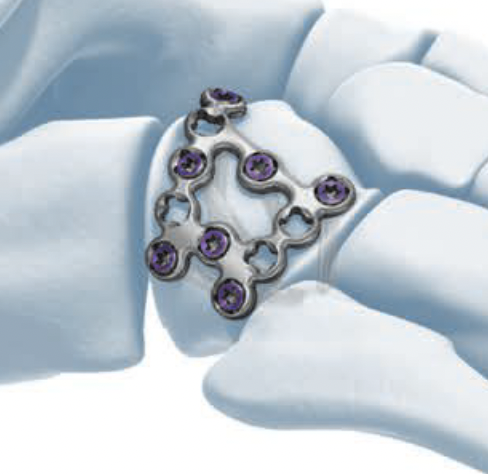
Paragon Baby Gorilla Cuboid Plates
Synthes VA cuboid locking plate PDF
Bridge plating
Severe comminution / lateral column shortening
- consider temporary distractor / external fixation to obtain length
- calcaneum to 4th / 5th metatarsal plate
- non-weight bearing until union then remove plates (typically 12 weeks)
AO foundation bridge plating cuboid
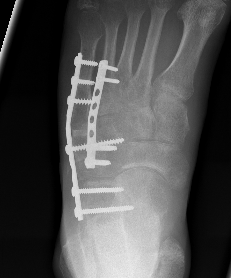
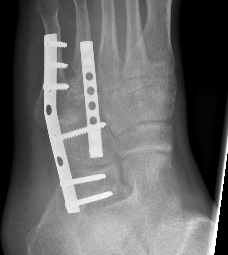
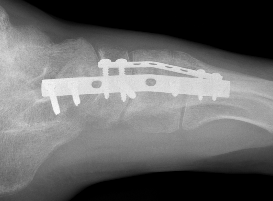
Results
Yu et al Acta Orthop Belg 2012
- 6 patients with lateral column shortening treated with ORIF
- 2 good results, 4 fair results
Weber et al Foot Ankle Int 2002
- ORIF cuboid in 12 patients
- early degenerative OA in 4 patients
- residual disability in 9/12 patients


